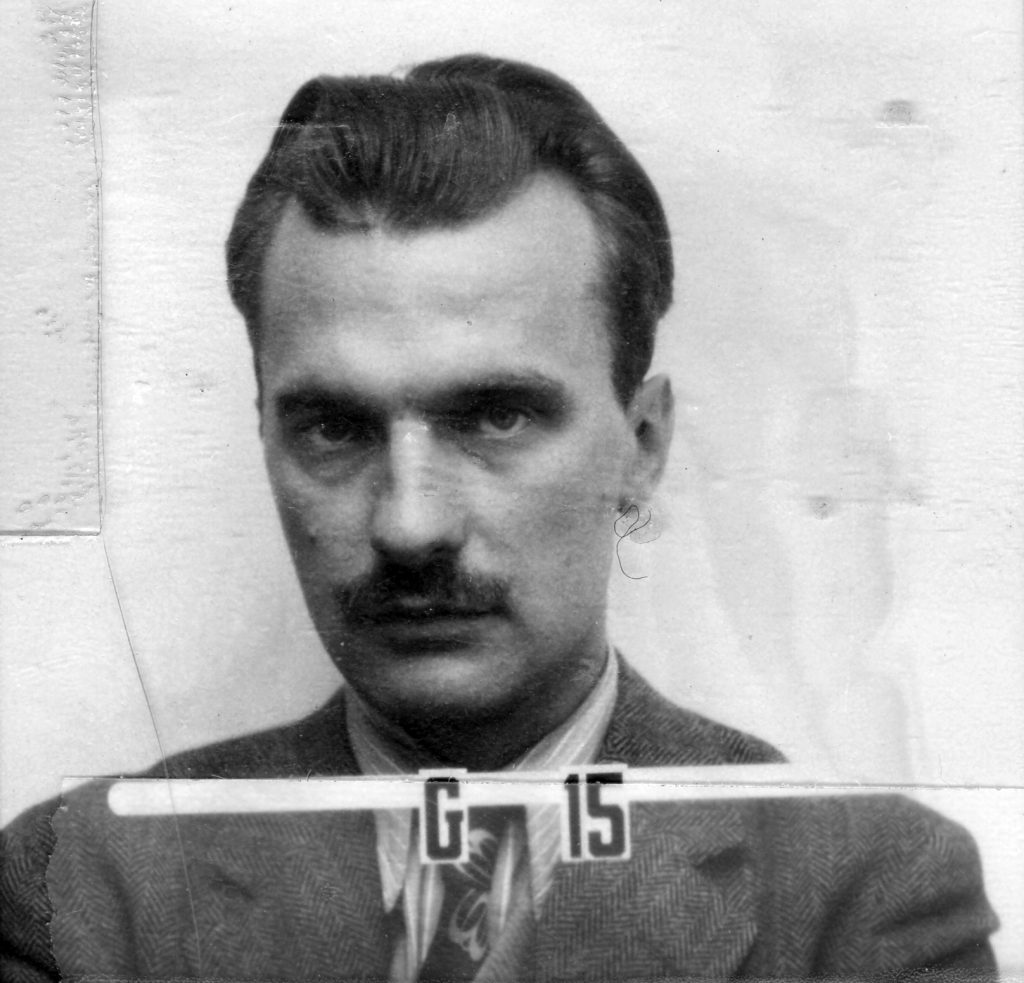Nicholas Constantine Metropolis was born on June 11th, 1915, in Chicago. In 1936 he received his bachelor’s degree, and in 1941, his doctorate, both from the University of Chicago, and both in experimental physics. While at Chicago, Metropolis worked at the Met Lab as an assistant to Enrico Fermi.
In 1943, J. Robert Oppenheimer recruited Metropolis to work on the Manhattan Project at Los Alamos. While at Los Alamos, he worked for Fermi and Edward Teller, first assigned to develop equations to predict the state of materials at high temperatures and pressures. A significant portion of his time at Los Alamos was spent developing his understanding of computers. He and Richard Feynman spent many hours taking apart and fixing old Marchant calculators, a popular analog computer used by many at Los Alamos, including Fermi. Metropolis and Feynman also worked with the IBM punch card computers which had been provided for Los Alamos. When the machines were first delivered, a suspicious Metropolis organized a race between hand-operated analog computers and the new punch card machines. He was quickly converted to the new technology as the analog operators tired while the punch card computers kept on running.
After the war, Metropolis left Los Alamos to teach at the University of Chicago. In 1948, he returned to Los Alamos, where he worked on two of his most well-known projects: the Monte Carlo method and the MANIAC computer. The Monte Carlo method is an approach to statistical modeling, most likely first used at Los Alamos by Fermi during the war. Metropolis, along with Stanislaus Ulam, developed the Monte Carlo method, and first put it into use with a computer. Metropolis’s Monte Carlo algorithm has been placed among the top ten algorithms having the “greatest influence on the development and practice of science and engineering in the 20th century.” He is also credited with developing the Metropolis-Hastings algorithm, which generates a sequence of random samples in a situation where direct sampling is difficult. The Metropolis-Hastings algorithm is considered one of the most important contributions to statistical computing.
Scientific Contributions
The MANIAC was Metropolis’s other major project at post-war Los Alamos. An acronym for “Mathematical Analyzer, Numerical Integrator, and Computer,” MANIAC was the first digital computer at Los Alamos. Metropolis directed its construction, basing the design on the work of John von Neumann at the Princeton Institute for Advanced Studies. MANIAC officially began operating in March of 1952. It made a number of milestones, including being the first digital computer to beat a human player in a chess-like game. In 1957, Metropolis oversaw the construction of MANIAC II, which replaced MANIAC I on the latter’s shutdown in 1958.
In 1957, Dr. Metropolis returned to the University of Chicago and founded the Institute for Computer Research. There, he oversaw the construction of a third MANIAC machine. In 1965, he returned to Los Alamos. He was made a senior fellow at Los Alamos in 1980, and in 1987 became the first Los Alamos employee to be given emeritus status at the University of California. He was also a member of the Academy of Arts and Sciences. He died on October 17th, 1999, at Los Alamos, age 84.





